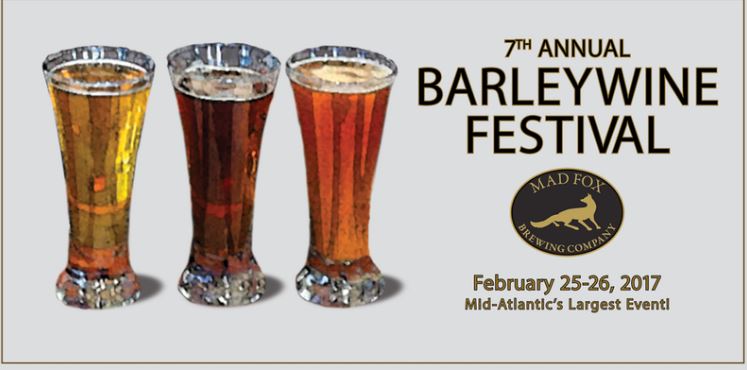AN OLD STYLE FINDS NEW “LEGS” – BARLEY WINES IN AMERICA
If you’ve found you way to this page, it’s pretty likely you are fairly familiar with the term “barleywine,”but as with most things brewful, it means different things to different people.

Troegs Dark Barleywine from their Scratch series
We trust Garrett Oliver’s explanation – the brewer for Brooklyn Brewery has studied himself into one of the premier beer historians of the world. Oliver says that barley wines were created by British brewers in the 18th century when wars between England and France made the supply of French Claret unreliable. The nobility wanted a drink they could depend on and the resulting barley wines fit the bill. We find the account believable, especially considering that the Claret wines at the time are described as at least as golden as red. It wouldn’t have been hard to brew a beer of near-wine strength that brought a similar look to the table.
We first encountered barleywines in England in the early 1980s. They were about as strong as what we’d expect today, but lighter in color. Hop rates were comparatively modest and the alcohol tended to be pretty raw. They were, understandably, not very popular, especially in a country where beer was taxed on its potential alcoholic strength.
They were common enough for Fritz Maytag to encounter them on a trip to England and the style was perfect match for Maytag’s quest to brew styles unfamiliar to Americans. Old Foghorn debuted in 1975. Sierra Nevada followed with Bigfoot a few years later but it took until the 90s for the style to become a staple of small breweries from the Orkney Islands to the suburbs of Washington, DC.
The first wave of craft brewers popularized the style from coast to coast. These were “big hammer” beers – you didn’t need to match a flavor profile if you used a big enough alcoholic “hammer.”
In the 90s, though, strong beer still meant raw and metallic malt liquors to most people, and the huge hop rate provided character and balance that was novel. Very few of the first fifty barleywines we tasted received anything lower than an “average” rating—they were without doubt the Lake Woebegone of beers.

Mad Fox Brewpub in Falls Church, Virginai, hosts the Mid Atlantic’s top barley wine festival.
Looking back over our notes, we noticed that while a few of the breweries producing relatively early and exceptionally good barleywines—Brimstone, British Brewing (Oxford), and Bardo Rodeo among them– passed into commercial heaven in the ensuing years, most of the early pioneers are still brewing good beers today. The range of strong beers has vastly expanded (Stone, could you please celebrate something with less than 8.9%?!?), but the gold standard is still the backbone of the backbreakers.
We’ll be tipping the hat to several barley wines of recent vintage in the days to come. A great way to taste a bunch of them is to plan on attending the Mad Fox Barely Wine annual festival in February. Bill Madden corrals nearly 40 different examples—several of them aged at Mad Fox so that you can try vertical samples. Three bucks gets you four ounces of very rare beer. If you take your time, eat some food, and maybe share a little, you can sample between a half dozen and a dozen beers that would cost you four or five times a much to procure on your own—if you could procure them on your own.




Leave a Reply